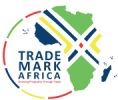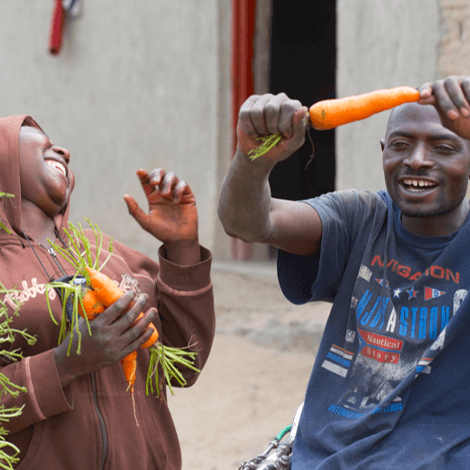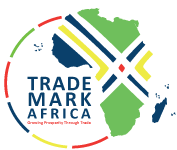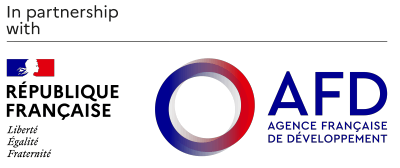One of the most talked about issues in Kenya currently is the Chinese-funded and built railway line connecting the capital Nairobi to the port city of Mombasa, on the shores of the Indian Ocean. This East African nation has reason to celebrate. Mombasa is a crucial hub for trade, business and pleasure and it is therefore a city of interest for many across the East African region. The new railway line is so significant that for weeks now the government and opposition have been locked in a war of words over who deserves to take credit for this milestone. It is about 122 years since a railway line was launched in this country and Kenyans are optimistic that the socio-economic impact will be astounding. Many are already enjoying the benefits. Travelers to Mombasa who could not afford the expensive flights had to resign themselves to the bus, which takes nine to 10 hours and costs between about $12 and $20, depending on the season. When there is a mishap on the road, as often happens, the trip can be much longer. With the new trains it will take about four hours to travel between the two cities. When President Uhuru Kenyatta launched the new railway line, he offered an introductory fare of $7. But fares will soon be revised to a standard $9. Those who want to travel in the more luxurious first class will have to pay about $30, which is still an attractive offer for many. The train's...
China-built railways to drive Pan-African trade
Posted on: June 19, 2017
Posted on: June 19, 2017















